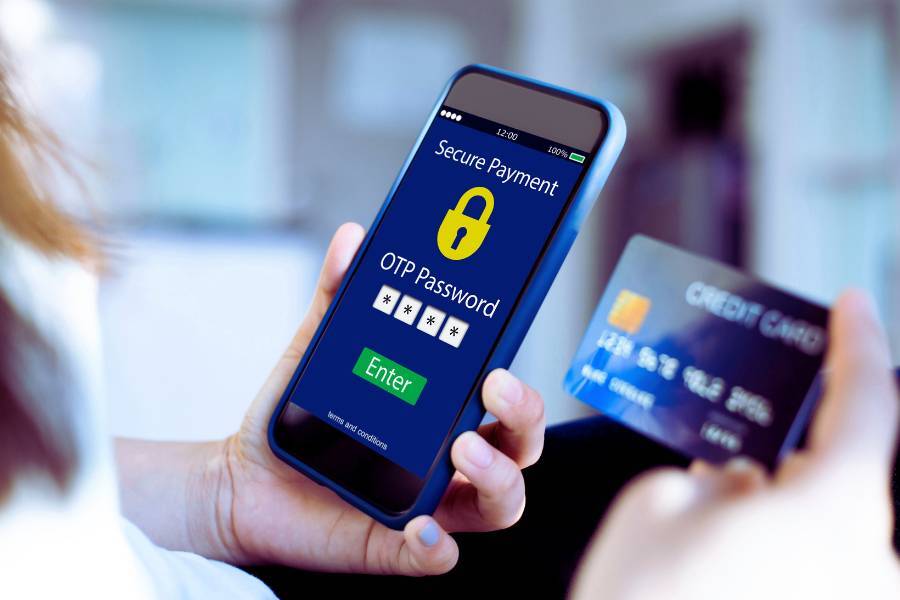
Even as we move toward a cashless economy, accepting cash payments is still common, and, in most places, expected. While cash transactions are free from additional fees and risk of chargebacks, the manual nature of processing cash transactions makes it more susceptible to human error.
Below are seven cash handling best practices and tips to protect your cash sales.
1. Set a Standard Cash Balance at the Start of the Day
Start with a standard cash balance amount at the beginning of each day. This makes it easy to compute actual cash sales in the till and reconcile your daily receipts. Decide the standard amount of “float” (cash balance) you want to have and disburse the cash in small denominations for change.
Track how much cash is brought to the cash register at the start of the day using a report. The report will also reflect the names of the persons involved in moving the cash (for example: cash is disbursed by a treasurer and received by a cashier).
Read more: How to Reconcile Your Point-of-Sale (POS) System & Daily Sales
2. Limit Staff Access to the Cash Register
Specifically assign employees who will be given access to the cash register. Make sure that only staff with a cashier role should stand behind the counter and open the cash register drawer. This will help make tracking accountability easier.
Additionally, limit the individuals with the ability to use certain features such as “Void” and “No Sale (NS).” The Void button cancels a transaction while the NS button opens the cash register even when not ringing in a customer. These functions can be abused and should be protected with a key or a code so only trusted employees like managers can activate these modes.
Additionally, many POS systems have the option to require staff to log in or enter a passkey before processing a sale so that every transaction is tied to a specific user. This adds a lot of transparency and makes it easy to look into specific transactions.
3. Count Your Cash Sales at the End of the Day
It’s important that you “close” the register at the end of every day. This means counting all the cash and other non-credit card transactions such as checks, gift checks, vouchers, etc., and reconciling it with receipts. Don’t forget to check the cashier’s name on the receipts
Separation of duties here is key to being effective. It’s best to have two employees to count the cash and balance the drawer, but for smaller establishments, the cashier can count the cash while the other employee oversees, as long as there are no conflicting duties. Both employees assigned to close the register should sign a cash reconciliation report Daily cash reporting that shows cash receipts and actual cash on hand are balanced/equal .
Download this Daily Cash Register Report template and print out copies to use, one for each day, per register. Find detailed instructions on the second tab in the sheet.
What to Do When Receipts & Actual Cash Do Not Match
- Check the area around the register: Missing receipts, bills, vouchers, and checks may have been misplaced or dropped on the floor, especially on a busy day.
- Consider instances of incorrect change given to customers: It’s not uncommon for cashiers to short- or over-change a customer. This is likely when the discrepancy is around $1. Some businesses do include a policy of providing a $0.50–$1 allowance when reconciling cash to address this issue.
Tip: Keep large bills ($50+) in a designated area in the register, or ideally, transfer them to the store safe, to avoid getting accidentally handed out as change.
- Review any processed returns: You should follow a process for processing refunds for returned items to ensure proper recording. Errors can stem from not deducting the refunded amount or forgetting to cancel the receipt.
- Consider the possibility of theft: After ruling out all other possibilities, you will have to consider the possibility that someone may be taking money from the cash register. This is where your recording and tracking of people with access to the drawer will be most needed.
Tip: Invest in additional equipment
Discouraging theft is always much better than having to investigate an incident. If possible, consider investing in equipment such as surveillance camera/s or a security system (if you don’t have one installed).
Having a cash counting machine will also show unscrupulous individuals that missing bills will be easily detected. It’s also a good policy to check any larger bills for counterfeit money. Cash counting machines can do this as well.
4. Deposit Your Cash at the Bank Immediately
Avoid keeping cash sales in the store at the end of the day. Deposit your cash and checks immediately after business hours (if banks are still open, otherwise night depositories will do). If this is not possible, keep your cash in a secured lock box and deposit it first thing in the morning. Keep your copies of deposit slips on file.
5. Equip Your Staff With Proper Training
Every business that accepts cash payments should have a cash handling policy. This ensures that responsibilities and accountability are clearly identified. Once procedures are established, train your staff on how to process cash payments and use the cash register.
Cashiers should learn basic rules such as never leaving the cash register open and unattended. They should have ample training on how to open and close cash registers and prepare a cash register report at the end of the day. Make sure they constantly practice how to process the different types of payment methods, voids, and refunds.
Additional policies away from the checkout counter can still help protect your cash and cash register. For instance, you should make it a policy that employees should never bring any personal belongings behind the checkout counter. Create a space where employees can leave their belongings safely.
6. Conduct Random Spot Checks
Conducting random spot checks for cash registers is not a new practice, but surprise cash counts help catch any mistakes early and avoid bigger discrepancies that can happen if left unchecked. Employees will also be more aware of cash register tasks if they know that audits can happen at any time.
Spot checks are done by reviewing the current cash balance in the register and comparing it to the available cash receipts. Cash registers have different ways of displaying and printing out running totals but usually, it requires a register key and pressing the “X” button.
7. Be on the Lookout for Recurring Discrepancies
Occasional and small discrepancies (anything less than a dollar) can be expected. It’s the recurring and/or large discrepancies you should keep an eye on. Patterns of mismatched cash vs receipt reports, particularly shortages, can be a sign of funds being stolen.
Bonus Tip: Use a Point-of-Sale (POS) System With Cash Tracking Features
While cash registers are handy, many POS systems also have cash tracking features and are a much more efficient way to run a storefront overall, especially if you are also accepting card payments.
Aside from processing payments, a POS prevents cashiers from entering incorrect sales amounts and allows you to set employee permissions (and restrictions).
POS systems also have the added advantage of built-in automation tools for real-time inventory adjustments and sales reporting. The POS sales report will itemize the records by sales types for you (cash, checks, credit cards) making it easier to reconcile receipts and cash on hand at the end of the day. It can also be customized to generate sales by other categories or filters such as by cashier, time of day, product types, and more.
There are many affordable POS systems in the market—some even make it possible for you to start accepting payments with very little to zero upfront cost.
Square keeps track of all the cash flow throughout the business day. (Source: Square)
Related reading:
Bottom Line
Refusing cash payments can cost sales opportunities. The U.S. Payment Choice Act protects the rights of consumers who prefer to pay in cash. While more and more transactions are conducted by digital and credit card payments, some customers still bring cash. For instance, around 23% of Gen Zs use cash as a primary mode of payment.
So no matter the size of your business, cash should still be an option (at least for now).
Implementing a cash handling policy that promotes cash handling best practices will ensure that your sales are protected





